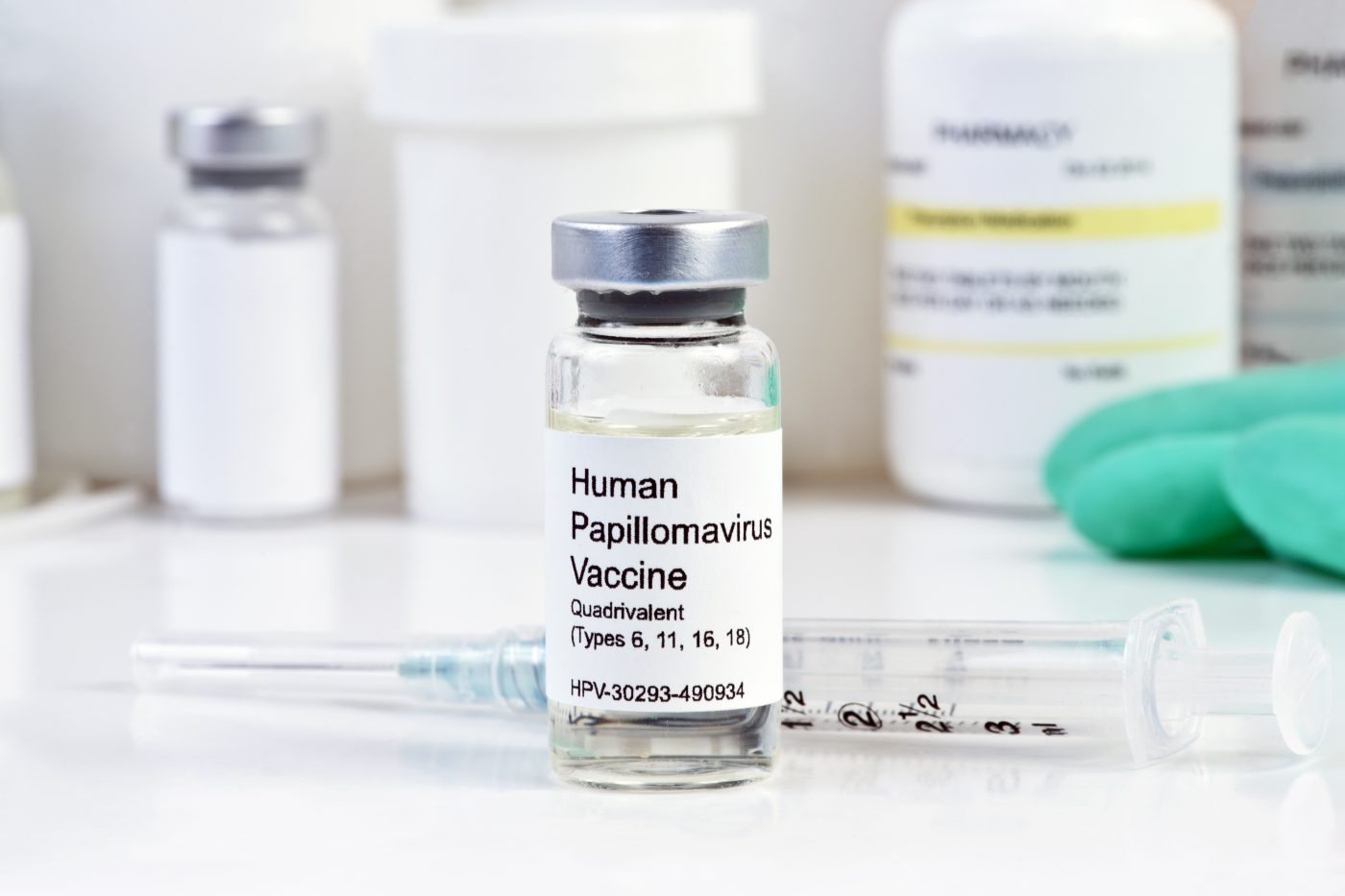Several years ago, vaccines were made available to protect against human papillomavirus (HPV) infection, the virus responsible for more than 95% of cervical cancer cases in females worldwide. Although the vaccines most used today (quadrivalent Gardasil and bivalent Cervarix) only protect against two types of HPV virus (16 and 18), these account for an estimated 70% of cervical cancers. The main difference between the two is that Gardasil also protects against 90% of genital warts as it protects against HPV types 6 and 11. More recently, a vaccine in the U.S. was approved by the FDA that covers 7 strains responsible for 90% of cervical cancers in addition to the two responsible for most genital warts (6 and 11), Gardasil 9.
Several studies have proved vaccination efficacy. Nonetheless, long term efficacy and, more importantly, real world effectiveness of these vaccines is unknown. To assess the population impact of the HPV vaccine, the sentinel HPV-IMPACT system gathered data on residents of catchment areas in California, Connecticut, New York, and Oregon between 2008-2012. Their results were recently published in the Cancer journal and not only does these data provide an overview of HPV vaccine efficacy, it also elucidates some of the challenges in cervical cancer screening.
Researchers, led by Susan Hariri, PhD, of the U.S. Centers for Disease Control and Prevention, studied the incidence of high grade precancerous cervical lesions or cancer as well as cervical cancer screening rates in the population. Results demonstrated that, from 2008 to 2012, the rate of these precancerous lesions decreased immensely among young women (18-29 years old) whereas it did not change in older women (until 39 years old). Given how recent the era of HPV vaccination is, these are expected as most vaccinated women are of a young age.
During the same period, cervical cancer screening rates also declined. A 67-88% decrease was observed among 18 to 20-year-olds, which can be explained with newly issued guidelines by the American Cancer Society, American Society for Colposcopy and Cervical Pathology, and American Society for Clinical Pathology stating that screening is no longer recommended in this group of patients as cervical cancer is rare. Nevertheless, there was also a smaller decline among 21 to 29-years-old (13%-27%) and 30 to 39-years-old (3%-21%). High-grade cervical lesions are asymptomatic and can only be detected through routine cervical cancer screening making it an important diagnostic tool.
In conclusion, the decline of high-grade lesion diagnosis rate in the study period is likely the result of not only HPV vaccine efficacy but also decreased screening. The greatest expected benefit of HPV vaccination is the reduced rate of cervical cancer and other cancers associated with HPV. These final results will take many years to evaluate since the time between HPV infection and cancer development is long.

